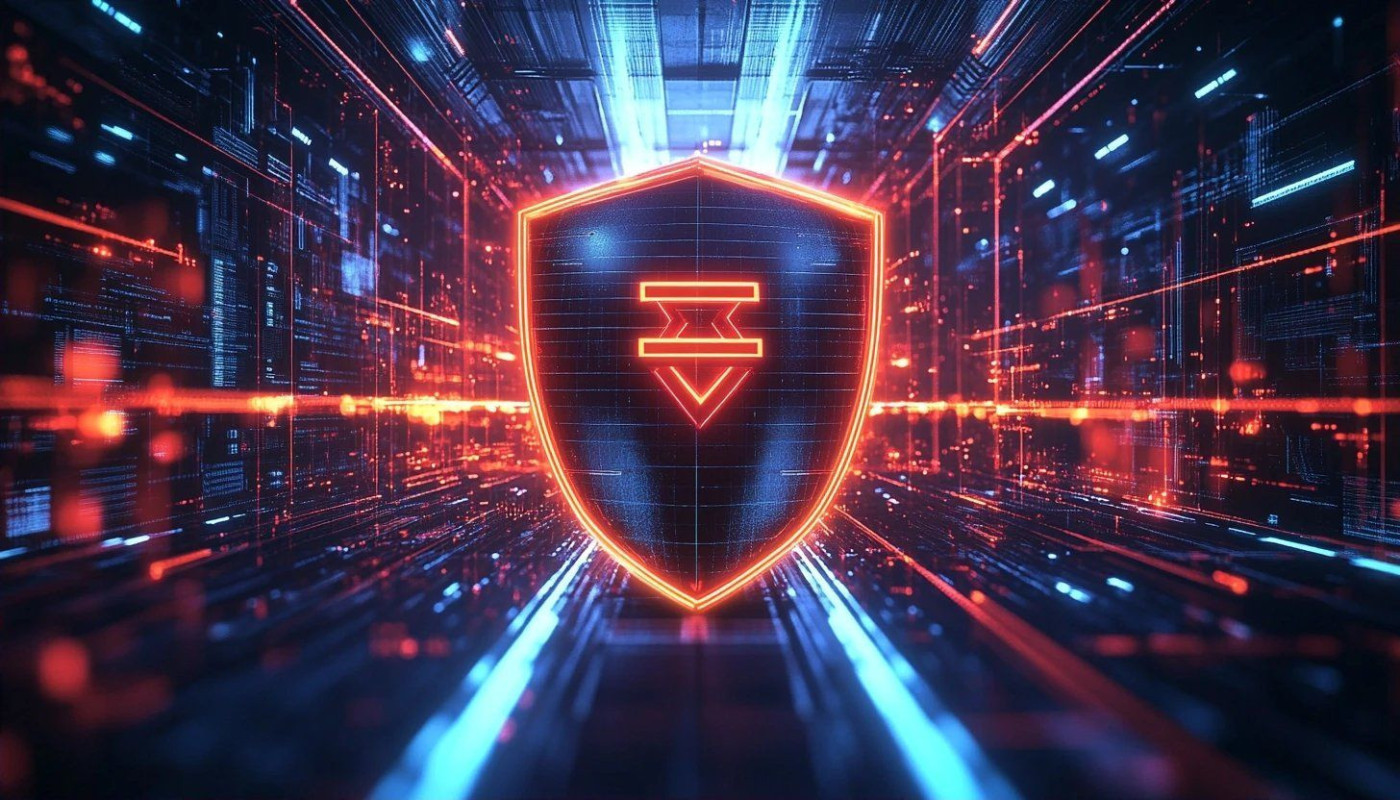Table of contents
Distributed Denial of Service (DDoS) attacks have become one of the biggest threats facing organizations online today. Choosing the right DDoS protection provider can make the difference between seamless operations and costly downtime. Explore the following sections to identify the features your organization should prioritize, ensuring robust, scalable, and effective defense against evolving cyber threats.
Comprehensive attack detection
For robust cyber security, a DDoS protection provider must deliver comprehensive DDoS attack detection that keeps pace with evolving threat landscapes. Utilizing real-time analysis and behavioral analytics, such solutions can rapidly identify both known and emerging threats by monitoring network traffic for irregularities and leveraging anomaly detection techniques. Automated threat intelligence updates ensure that defenses remain current against the latest attack vectors, enhancing the ability to proactively mitigate risks before they impact operations. By combining these advanced capabilities, organizations bolster their resilience against increasingly sophisticated DDoS attacks and maintain continuous protection for critical digital assets.
Scalability and flexibility
When evaluating a DDoS protection provider, scalability and flexibility stand out as vital features to ensure robust network defense. As network traffic fluctuates and businesses expand, scalable DDoS protection becomes indispensable for maintaining strong security postures. Look for providers offering flexible security solutions that automatically adjust to rising or shifting demands, especially during unexpected traffic spikes caused by volumetric attacks. Auto-scaling technology should be a core component, enabling elastic resource allocation that increases or decreases protection capacity in real-time without manual intervention. The provider’s tools must integrate seamlessly into varied network infrastructure, whether on-premises, cloud-based, or hybrid environments, maintaining consistent protection as organizational needs evolve. Flexible security not only supports immediate threat mitigation but also future-proofs the business against rapidly changing attack landscapes and ongoing digital transformation.
Minimal latency impact
Selecting a DDoS protection provider with a focus on low latency is fundamental to ensuring uninterrupted user experience during an attack. Efficient DDoS mitigation relies on advanced traffic scrubbing techniques, which actively distinguish and filter out malicious traffic without introducing significant delays for legitimate users. A provider with a robust global network of Points of Presence (PoPs) guarantees that mitigation occurs as close as possible to the attack source, further minimizing latency. Optimized routing plays a pivotal role, ensuring legitimate traffic takes the shortest and most efficient path through the network while being cleansed of threats. This strategic combination allows organizations to maintain seamless performance, even under sustained attack, and safeguards customer satisfaction while preventing potential business disruptions.
24/7 support and monitoring
When evaluating a DDoS protection provider, round-the-clock support and continuous monitoring are indispensable for mitigating threats efficiently. A robust security operations center (SOC) ensures that every potential attack is detected and addressed immediately, minimizing downtime and damage. DDoS support teams should offer rapid incident response, with experienced professionals guiding organizations through each stage of mitigation, especially during high-pressure moments of active attacks. With 24/7 service, incidents can be resolved faster, reducing risk and maintaining operational continuity. Providers like those featured in her latest blog stand out for their commitment to proactive security operations, making real-time monitoring and expert guidance the standard for effective protection.
Comprehensive reporting and analytics
Robust DDoS reporting and analytics dashboard capabilities play a vital role when selecting a DDoS protection provider. Monitoring attack trends and mitigation effectiveness enables organizations to quickly identify emerging threats and adapt their security strategies. Customizable dashboards provide IT teams and the Compliance Manager with efficient, real-time visibility into system health, allowing for proactive defense adjustments. Log aggregation further enhances these tools by consolidating data from multiple sources, streamlining analysis and improving incident response. Historical trend analysis supports strategic decision-making by revealing patterns across past incidents, while compliance reporting features ensure that organizations can easily generate documentation for regulatory audits and industry standards. These features empower businesses to maintain resilience against evolving threats and demonstrate due diligence in cybersecurity readiness.
Similar articles

Breaking down VPN myths: what you really need to know about virtual private networks

Unveiling the future of quantum computing for businesses - potential impacts and current limitations

Exploring silent PC builds for content creators - balancing performance and noise reduction

Optimizing home office efficiency with ergonomic computer setups - strategies for productivity and health

Silent Workstations Demystified How to Build a Quiet Computer for Your Home Office

Custom PC Builds on a Budget Selecting Components for Optimal Performance

